Can something as industrial as a power pylon become a work of art — even a national symbol? Austrian Power Grid (APG) thinks so. Their Austrian Power Giants project turns traditional high-voltage pylons into sculptural landmarks inspired by Austria’s native animals. Recognized with a 2025 Red Dot Design Concept Award, this initiative reflects a growing trend in Europe’s energy transition: bringing design-led engineering into the world of large-scale infrastructure.
Will we one day see these majestic power pylons — shaped like storks or stags — rising beside our highways or glimpsed from train windows? If Austrian Power Grid (APG) has its way, perhaps we will. The company is among those determined to make power infrastructure more poetic — finding harmony between technology and nature.
Winner of the 2025 Red Dot Design Concept Award, APG’s Austrian Power Giants initiative reimagines high-voltage pylons as striking, animal-inspired sculptures. The initiative could bring both beauty and identity to the energy landscape.
Engineering Meets Artistry
Developed in collaboration between GP Designpartners, Baucon, and APG’s own engineering teams, the Austrian Power Giants are not merely aesthetic experiments. These are load-bearing, high-voltage-capable prototypes that meet the stringent demands of grid safety and performance.
Two pilot models — the Stork (for Burgenland) and the Stag (for Lower Austria) — were digitally modeled and physically validated through finite element analysis (FEA) and wind-tunnel simulations. Each design had to balance artistic expression with engineering realities. These included structural stability under dynamic wind loads, minimal material fatigue over decades, and compliance with EN 50341 standards for overhead line design.
These pylons are conceived using modular steel lattice construction, optimized for ease of maintenance and retrofit compatibility with standard insulator strings and conductor configurations. The design process leveraged parametric CAD modeling, allowing adjustments in geometry without compromising the animal silhouette. This is a rare example of computational design meeting heavy industry.
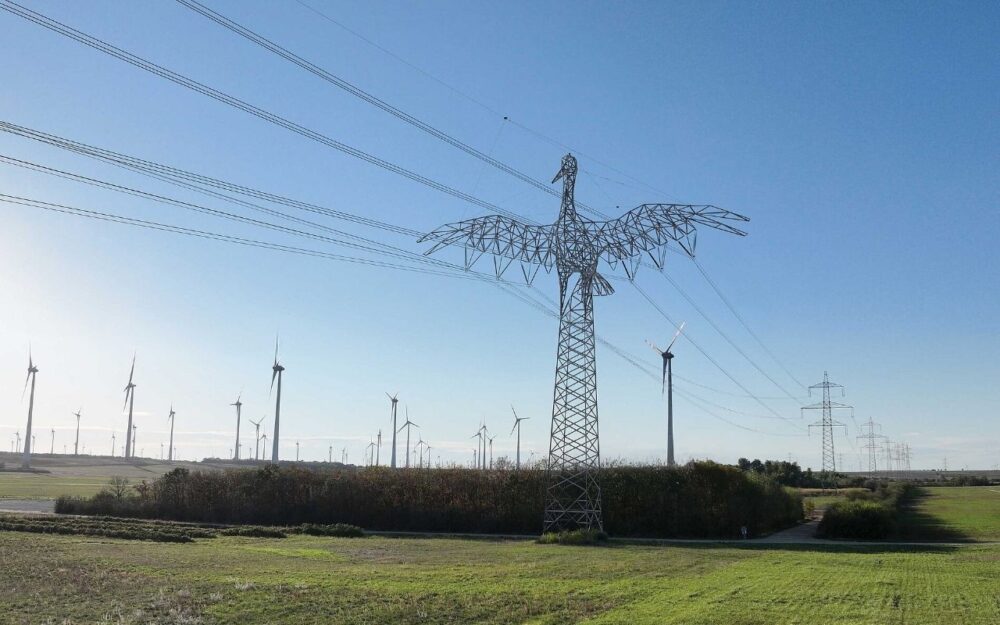
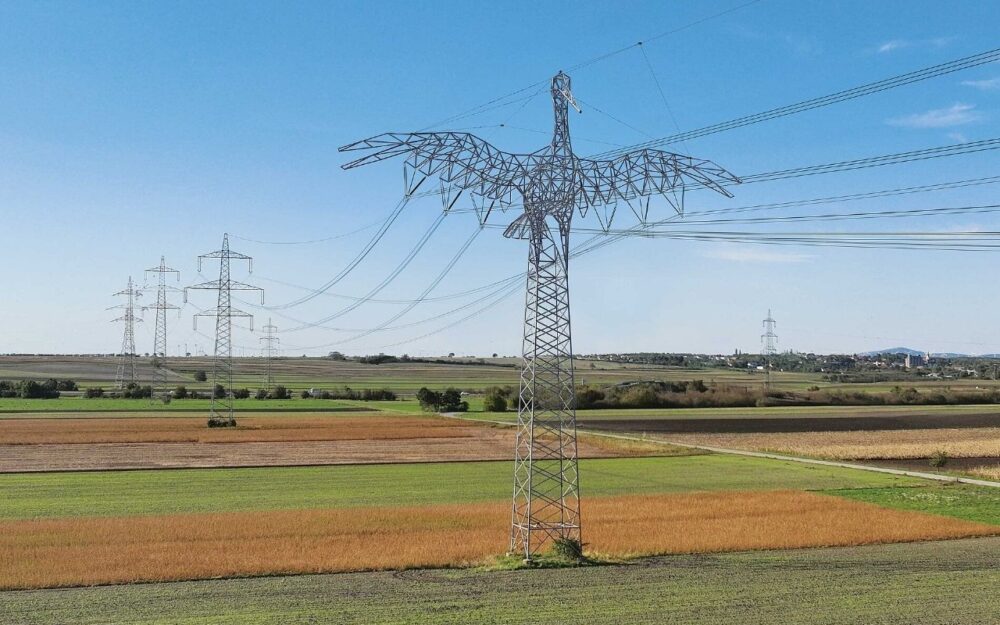
Why It Matters: Infrastructure with Identity
In many parts of Europe, grid expansion projects face public resistance. New power lines often meet strong “Not In My Backyard” sentiment due to visual and environmental concerns.
APG’s design-led strategy reframes that narrative. By embedding local symbolism — the stork in Burgenland (migration and renewal), the stag in Lower Austria (strength and heritage) — each pylon becomes a monument of belonging, not disruption.
This regional customization model could even be expanded. Imagine an eagle for Tyrol or a chamois for Salzburg? Each pylon could express a sense of place while delivering the same engineering reliability.
Read also
Beyond Austria: A Design-Led Shift in Power Infrastructure
The Austrian Power Giants aren’t alone in this movement. Across the globe, a handful of projects have begun to merge industrial design and grid aesthetics:
- “Land of Giants” (Iceland) by Choi+Shine Architects turned transmission towers into human-shaped figures striding across the landscape — one of the first concepts to humanize the grid.
- “T-Pylon” (UK) by Bystrup Architecture for National Grid introduced a sleeker, 35-meter alternative that reduces material use by 30% while improving visual harmony.
- “Strommast der Zukunft” (Germany) tested new cross-arm geometries and composite materials to minimize electromagnetic impact and footprint.
What makes APG’s approach unique is its cultural specificity — these pylons don’t just beautify the grid; they tell Austria’s story through its wildlife and landscapes.
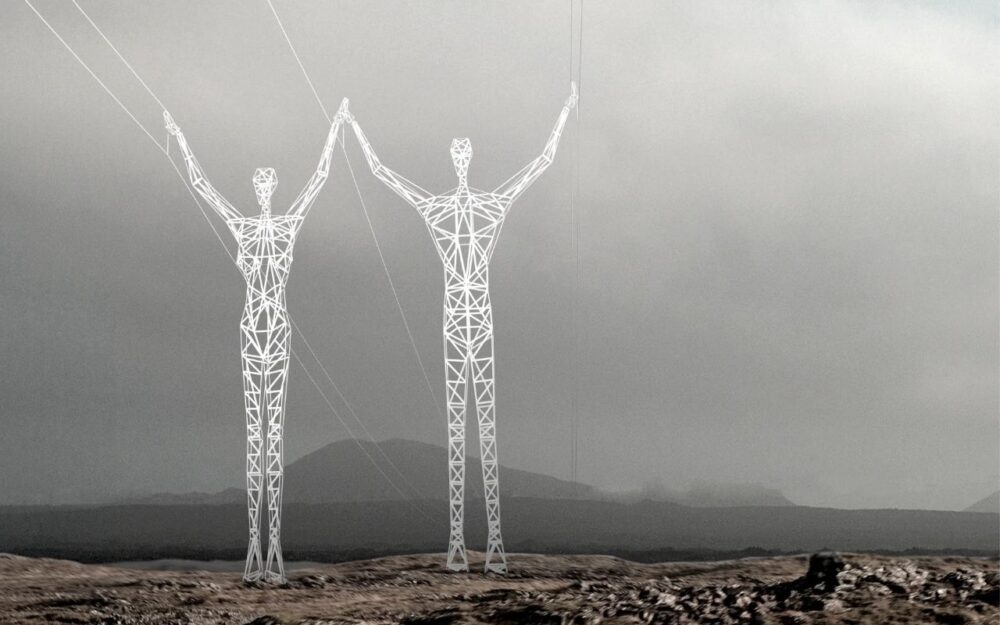
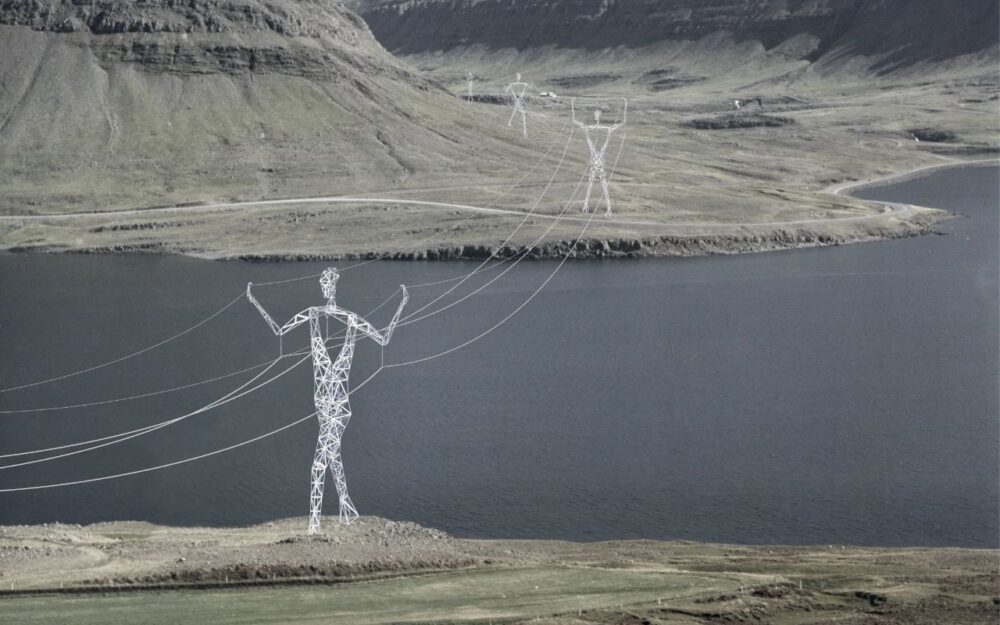
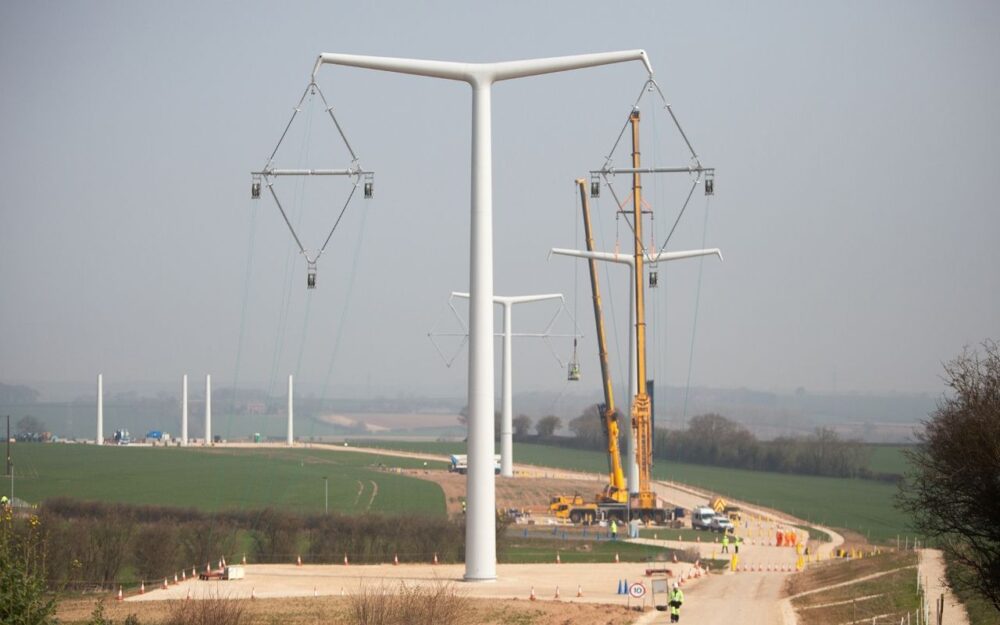
Sustainability and Social Acceptance
Infrastructure for the energy transition — from renewables integration to grid modernization — isn’t just about megawatts. It’s about people. By integrating art, symbolism, and ecological awareness, the Austrian Power Giants project embodies the next frontier of social sustainability in engineering.
Besides, eye-catching silhouettes can attract visitors — much like public art installations. And the pylons could serve as tangible symbols of Austria’s energy transformation journey.
In this way, the project turns industrial necessity into civic pride — a literal powerful symbol for the renewable era. The idea is very simple yet revolutionary: power systems that serve both the grid and the gaze.
Read our article on the innovative concept of flying wind turbines









